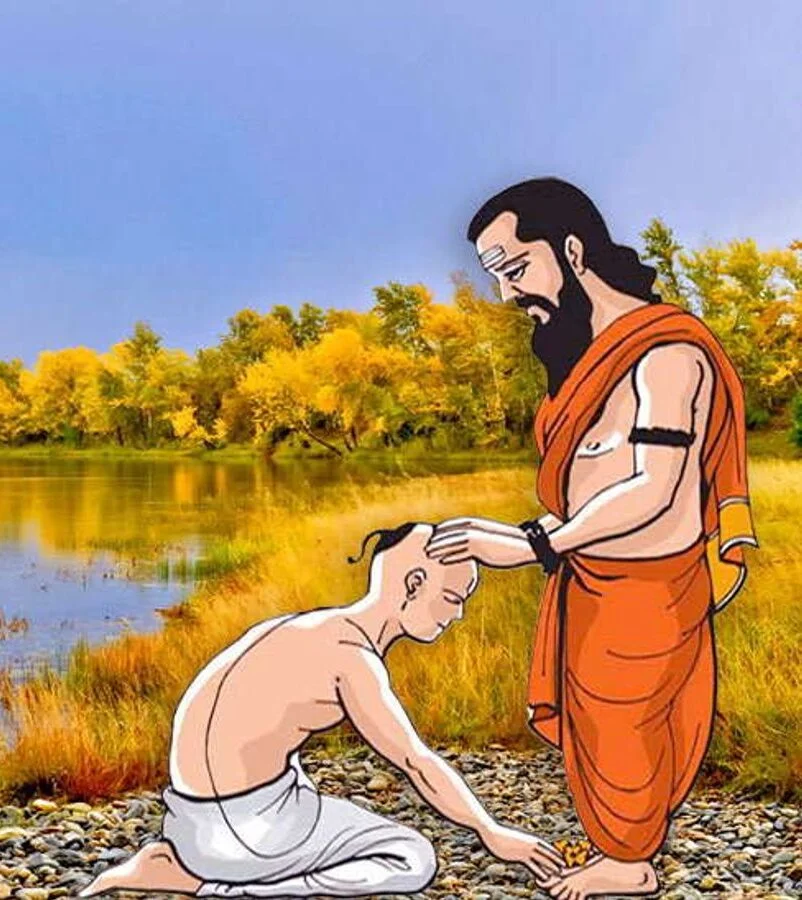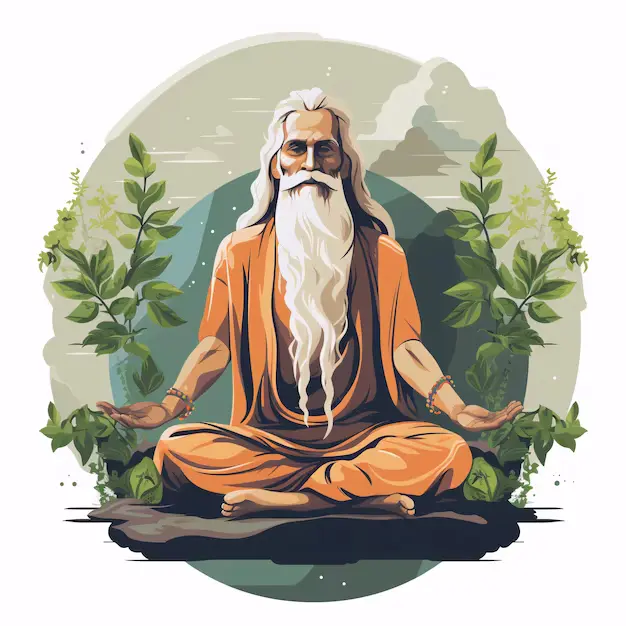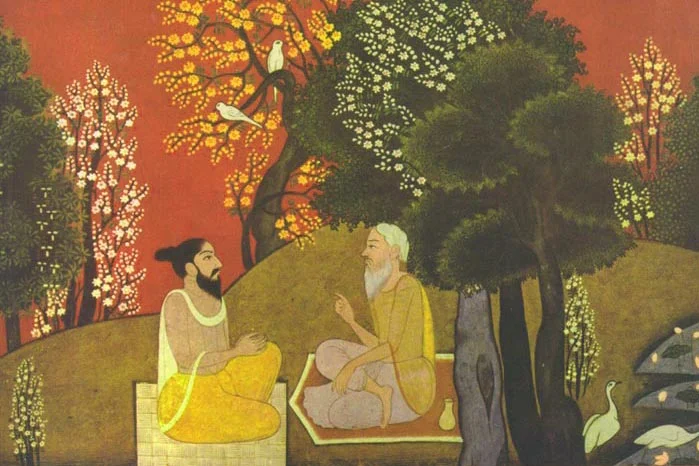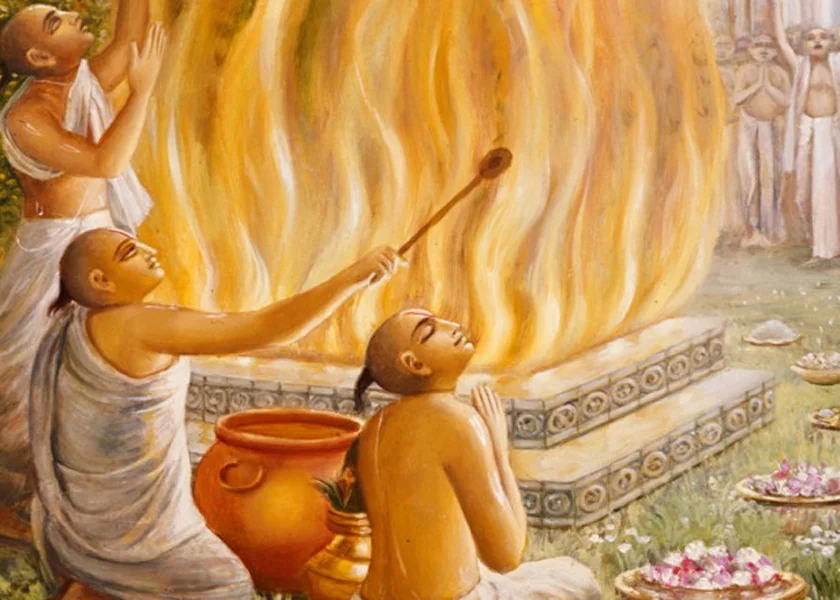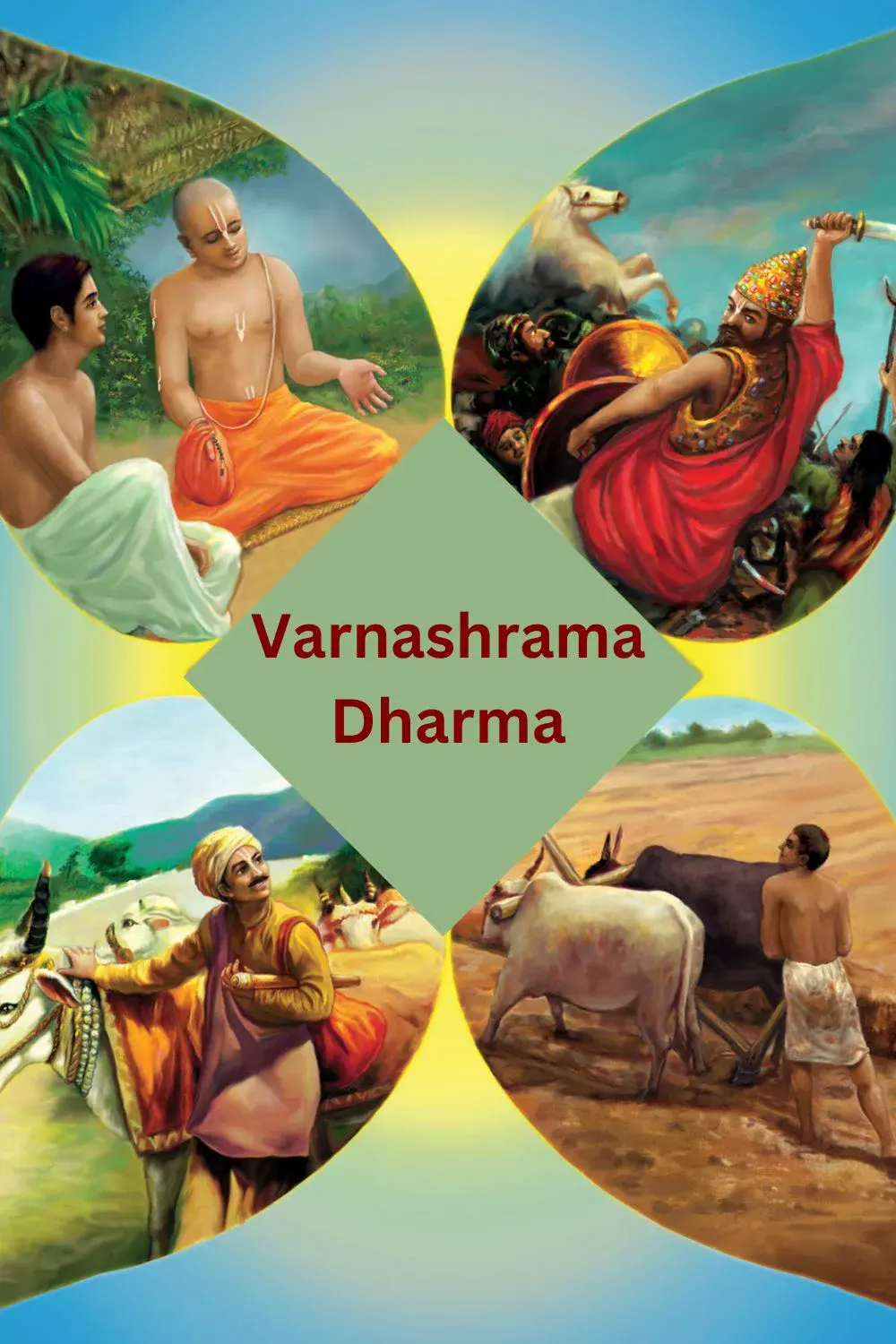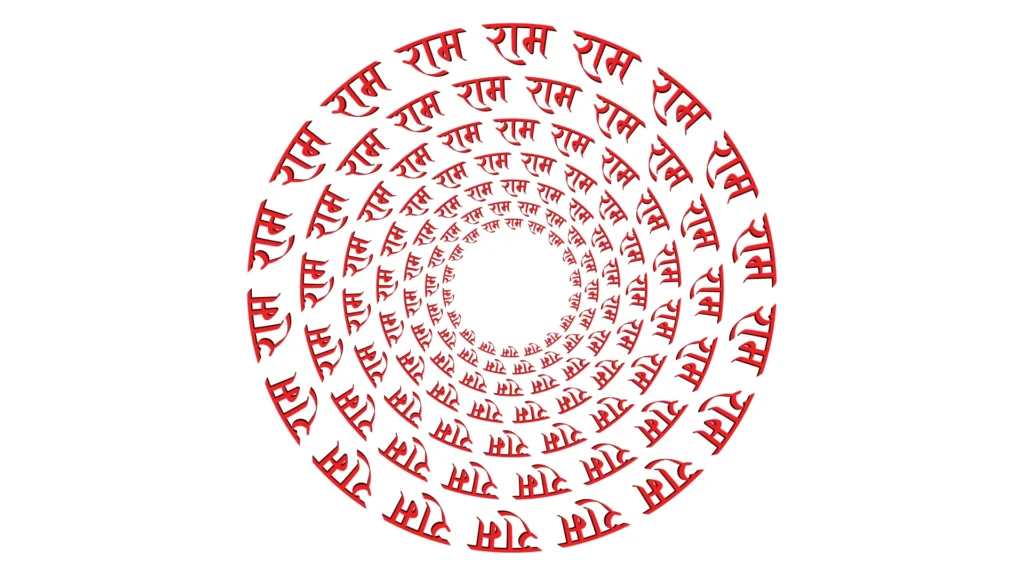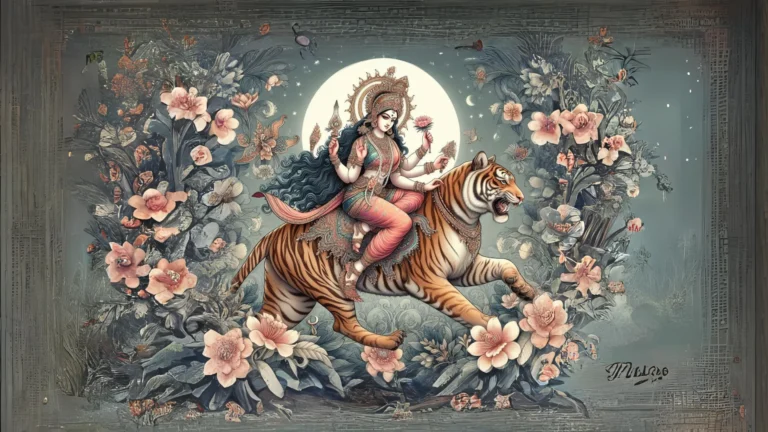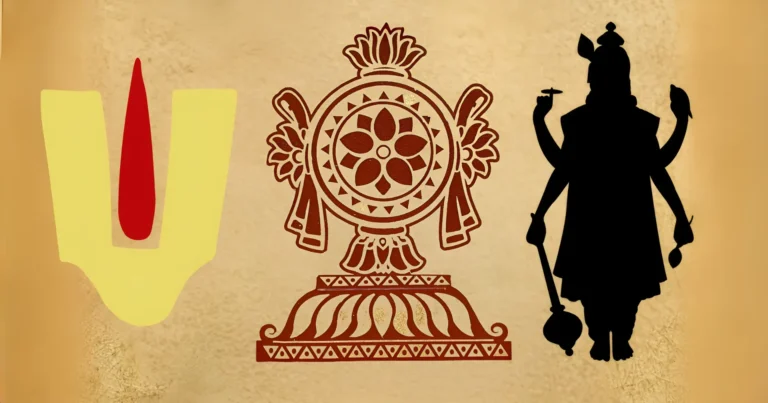Please Like the Blog and Share it for Maximum Reach
Table of Contents
What is the Rigveda?
The Rig Veda, foremost of the Vedic Scriptures, is one of the most difficult works in terms of study, comprehension, and practical application. The work is mysterious in its structure and form. It talks about the minds of the Devatas, or gods.
Also, it reveals the mysteries of creation, which are full of paradoxes and often broadcast complicated philosophies that can leave the reader confounded after an initial walk-through. Scholars find it difficult to grapple with the implications of the work, even after years of attentive deliberation. The Devatas, according to the Rig Veda, are not fond of the obvious.
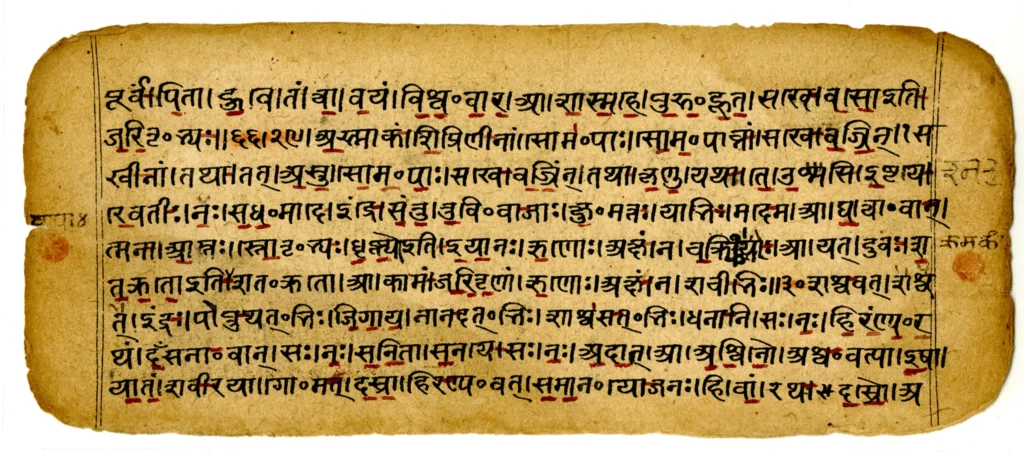
They revel in mystery and like matters enshrouded in an enigma. This is perhaps the basis of Indian spiritualism, which also passes for a complex scientific view of classical Indian philosophy.
The Structure of Teachings in the Rig Veda
The Rig Veda is hard to interpret for a common man who lacks spiritual insight. Hence, only the Rishis of the older era of Vedic times could transmit their divine knowledge to students. Fundamentally, it follows a contradictory structure, raising a trail of doubts in the mind of the listener.
However, if the teachings are first decoded by the Acharya and then the Shisya receives them, they will be easy to consume. Let’s take one teaching of the Rig Veda and try to understand the complexity that follows in all its other teachings.
All the teachings follow the same structure that we are about to explore in this statement. The Rig Veda says, “Every God is the other God.”. Exploring this statement can be a tough venture for those who have no idea about Vedic sciences and Indian spirituality.
This is rather a mysterious statement. This statement is full of paradoxes. However, a closer look at this statement reveals that there is one reality behind the faces of all gods and that reality is just one. It is the philosophy of oneness.
Rigveda: The Greatest of All Sciences
There is a single science that operates in the material world by which scientists with a human body swear. The scientists who are beyond body and mind (our ancient sages) also swear by one science, beyond the physical, and that is Vedic science. The Rig Veda is a symbolic representation of that spiritual science. It encourages its students to raise doubts and ask questions. It is only when one asks questions and so-called facts are probed into that the truth stands out.
There will be revelations from the study of the Vedic Scriptures, such as the Rig Veda. The seeker must bear the heart of a child and the intense desire to know the truth. Everything else will just fall into place, as the book says. As one engages with scriptures like the Rig Veda, many relative truths will get overwritten as one delves deeper into the study.
Test your Alignment with the Spiritual Subject Matter (only 7-8 Questions)
The scores generated in this Quiz are relative. There are no right or wrong answers. A percentage towards 100 indicates that you are more aligned to the overall subject matter.
Hymns and Verses of the Rigveda
There are 1028 hymns and 10,600 verses soaked in truth in the Rig Veda, which deal with the same number of dimensions within human consciousness. It is an invitation to unlock 1028 chambers within the realm of consciousness that have been lying unexplored since time immemorial. Rig Veda is the nectar. Upanishads, which are an extract of the four primary Vedas, namely Rig, Yajur, Sama, and Atharva, are the nectar of nectar. Rigveda is essentially the celebration of all mystery within creation.
Becoming capable of interpreting the Rigveda
Becoming capable of interpreting the Vedas depends on your spiritual inclination and evolution. Mantras, contemplating the Puranas and Upanishads, and performing Sadhana and Upasana can boost your spiritual potencies. One cannot dream of interpreting the Rig Veda if one does not develop insight through the following of spiritual practices in line with what the Shastras (Vedic Scriptures) have ordained.
To develop sharp vision, the preliminary condition is that the heart has to be clean. To know who we are and how we are today, and to know our genes, it is essential to first understand our genetic past. The secret lies hidden in the “Book of Verses,” the Rigveda.
Also, we must understand that Indian philosophy can be our guide in our journey toward understanding the Rig Veda since classical Indian philosophy is an amplification of our Vedas. Unlike the Rig Veda, classical Indian philosophy has been preached to common men like us. It is nothing other than an extract of the Vedas in inexplicable terms. Acharyas preached their philosophies so that we could interpret the true essence of the Vedas with ease.
The Greatest Teaching of the Rigveda
The Rig Veda presents the mystery of reality within the framework of ritual. The hymns of the
Rigveda talks about “Sat” and “Asat,” which translate as knowledge and ignorance, as well as death and immortality, all in the very same breath. Developing radical awareness right away is unthinkable. However, it can be developed by understanding the spirit of the word ” Yagya,” which in English loosely means sacrifice.
The Book of Verses says that the world is a raging altar within which one who wishes to behold “reality” or “truth needs to sacrifice all of one’s artificially assumed ownership. At this altar of sacrifice, when we perform sacrifices, the potentialities of the other world automatically emerge. Truth, the universal reality, appears before one’s eyes and bathes one with its effulgent rays.
Only through the medium of sacrifice can the mind be able to comprehend the nature of all creation. The Rigveda portrays the Purusha, the cosmic being, in a human image. The question is why such a portrayal exists. Is there a deeper significance behind such a representation?
It is to be understood that since there are fundamentally four classes of men, namely Brahmin, Kshatriya, Vaishya, and Shudra, each human being has all these four characteristic classes inherent in a single individual. It is yet possible that one or two out of the four characteristics may predominate within one’s character. However, certain tasks ignite a certain character out of the four as we execute the tasks.
When we seek answers to certain deep questions, when we are in utter learning mode, the Brahmin in us is predominant. When we fight against injustice or fight for our dignity, even in a court of law, the Kshatriya in us is predominant. It is to be understood that the duality of everyday life is run by an undercurrent that defines the entire framework of all our activities, whether art or literature.
There is a higher unity, deep below, that fashions our lives and activities. This is to be discovered. Our entire lives are an endeavor to resolve this great mystery. This is what one has to come to. What we design through our art and architecture, even our daily events, allude to a higher truth, of which these daily representations of the life process are blaring symbols. One needs to go back to the
Left-Leaning Distortions
Rigveda if one is interested in solving the puzzle of the life process. It is important for us to cohesively dump the view about Vedic civilization given to us by our European predecessors. According to their large, erroneous view, Vedic people entered India only in the second millennium B.C.
Acamedicians and left-leaning intellectual groups have been peddling false historical notions despite receiving considerable evidence contrary to their toxic notions. There are astronomical references in the Vedas that describe the original homes of the Aryans. This region lies roughly between the Indus and the Ganga rivers, in northern India, to be precise.
The Aryan world spread to Central Asia and the Caspian Sea, which also included the region around the Oxus River. The Rigvedic hymns, which were written not later than the 3rd millennium B.C., were composed on the banks of the Saraswati River in the Aryan heartland of Brahmavrata.
Rigveda: Repository of Science and Language
Rigveda is the fountainhead of Vedic science. It is the ancient spiritual science of the Himalayas from which systems such as yoga, Vedic astrology (Jyotisha), Ayurveda (traditional Indian medicine), etc. have arisen. It is, in fact, the basis of Deva Bhasha (God’s language), Samskrutam, or Sanskrit. It is also regarded as the oldest book in any Indo-European language, and archaeological finds put it thousands of years older than the current estimation of belonging to the era of 1500 B.C.
The Esoteric Book of Mantras
The concern of the Book of Rigveda has to do with the inner truths of consciousness and its pragmatic standpoint concerning spiritual life. What one shall discover on reading and deliberating on the Rigvedic Mantras is that the Mantras do not reflect a primitive culture but that they highlight the highest spiritual realization and the most secretive and profound knowledge of the entire cosmos, the limited visible as well as that part of the universe that is largely invisible.
The typical hymns of the main Vedic gods, such as Agni, Indra, Surya, and Soma, have a separate book within the Rigveda. The Rigveda is perhaps the most authentic book of revelation written in the language of pure mantras, set to the music of life. Although it is difficult for the modern man to go beyond his pre-conceptions and worldview to connect with the vision of the ancient seers, a deeper study of the Rigveda will serve to allay many of the challenges that the current time is posing before the modern man.
Rigveda is the basis of Santana Dharma
The Vedic religion proclaims that the Rig Veda is called the Arya Dharma, the teaching of noble souls, or the Aryans. It is to be understood that Sanatana Dharma is Arya Dharma, the most authentic practices that override all man-made religions established throughout human history.
Most of the translations and interpretations of the Rigveda popular today are, unfortunately, the ones propounded by biased Western society, which does not care for the values ingrained in the systems of the Rigveda. Their opinions originate from their very own imperialist, materialistic, and Christian missionary biases. They tend to look down upon Eastern philosophy and even go to the extent of blaming the rich and deep spiritual traditions of Sanatana Dharma, which include Buddhism.
Western Writers Divorced to Spirituality in General
These Western writers are wholly unappreciative of spiritual life in general and exhibit personal vengeance against yoga and spiritual practices of any kind. Their psychological as well as sociological concepts are archaic or biased by more recent standards, which in many ways could be categorized as wholly non-scientific.
The ideas reflected by the many writers of the West are colored with racial tones, with simplistic political ideas like wars between light and dark-skinned people to explain the higher concepts relating to the Vedic clash between falsehood and truth.
These Western commentators on the Rigveda do not talk about yoga, since they are largely unaware of the system because they do not have access to the concept, which is mysterious and can only be unraveled, provided the reader has the backing of a great deal of spiritual practice in line with Sanatana Dharma.
Rigveda influences even the non-spiritual
The Rigveda is a document that revels in the highest truth, and no casual reader or commentator can be expected to interpret it by one who has no sense of spirituality. To examine a work, one must have the sensitivity to approach it. We should not look up to a chemist to analyze and interpret an exquisite painting. That would be preposterous. If such a person were to interpret the Rig Veda, it should be deemed sacrilege and nothing short of that.
Therefore, it is stupidity and foolery to expect intellectual scholars to interpret the Rigveda, who are in no way qualified to understand the mystery of the ancient world, which holds within its bosom the secrets of a future world, that which holds within itself the framework of the highest sanity. Western scholars are trying to put a date on the period when the gods of the Dharma could have probably existed. This is ridiculous. They fail to understand that these gods, precisely called the Devatas, are beings who have existed, continue to exist, and shall exist forever.
Rigveda Explores Realms Beyond the Senses
The only thing is that modern science has not developed instruments or equipment to contact these beings. Another important point is that these gods cannot be contacted through a materialistic approach but can only be contacted through the inner faculty of the human system.
Modern science fails to understand, driven by anarchist notions, that there is probably no such dimension where these gods proliferate and influence the lives of the people of this planet, which we call Earth. These people fail to realize that there are many dimensions beyond the five senses that influence the visible world.
They fail to understand that the Rigveda is an access mechanism to those planes of existence, which comprise more than 99% of creation. They are unable to comprehend the fact that the visible world is less than 1% of the entire gamut of creation. This is the subject of the Rigveda. This is its mystery.
Rigveda is a portal to the world of Tantra
The Rigveda is to be understood as a carefully laid-out map that connects the visible world to the world of gods. It has mechanisms and spiritual practices, following which man will be able to find higher meaning. It is the pure path of Yoga and Tantra, which, in current times, remains largely unexplored.
All people are too fearful of walking the path or quite content to wallow in the muck of the sensual world. What Rigveda demands of the individual is a simple heart and purity of purpose to embark on a great journey towards the ultimate.
Please Like the Blog and Share it for Maximum Reach


